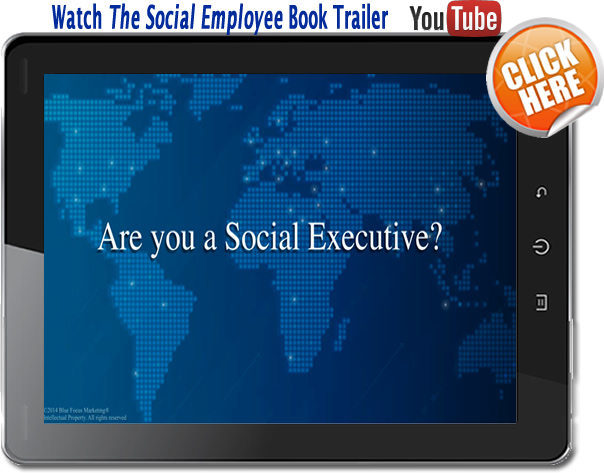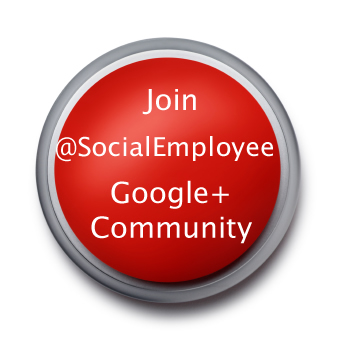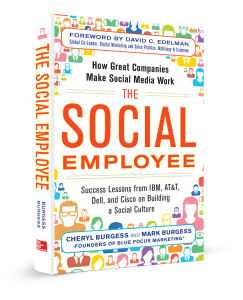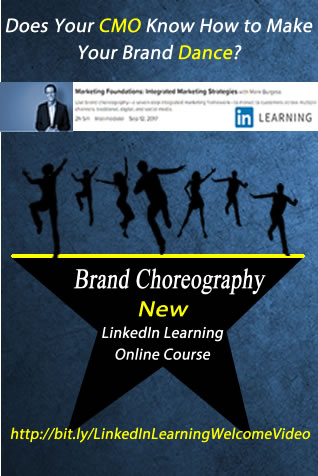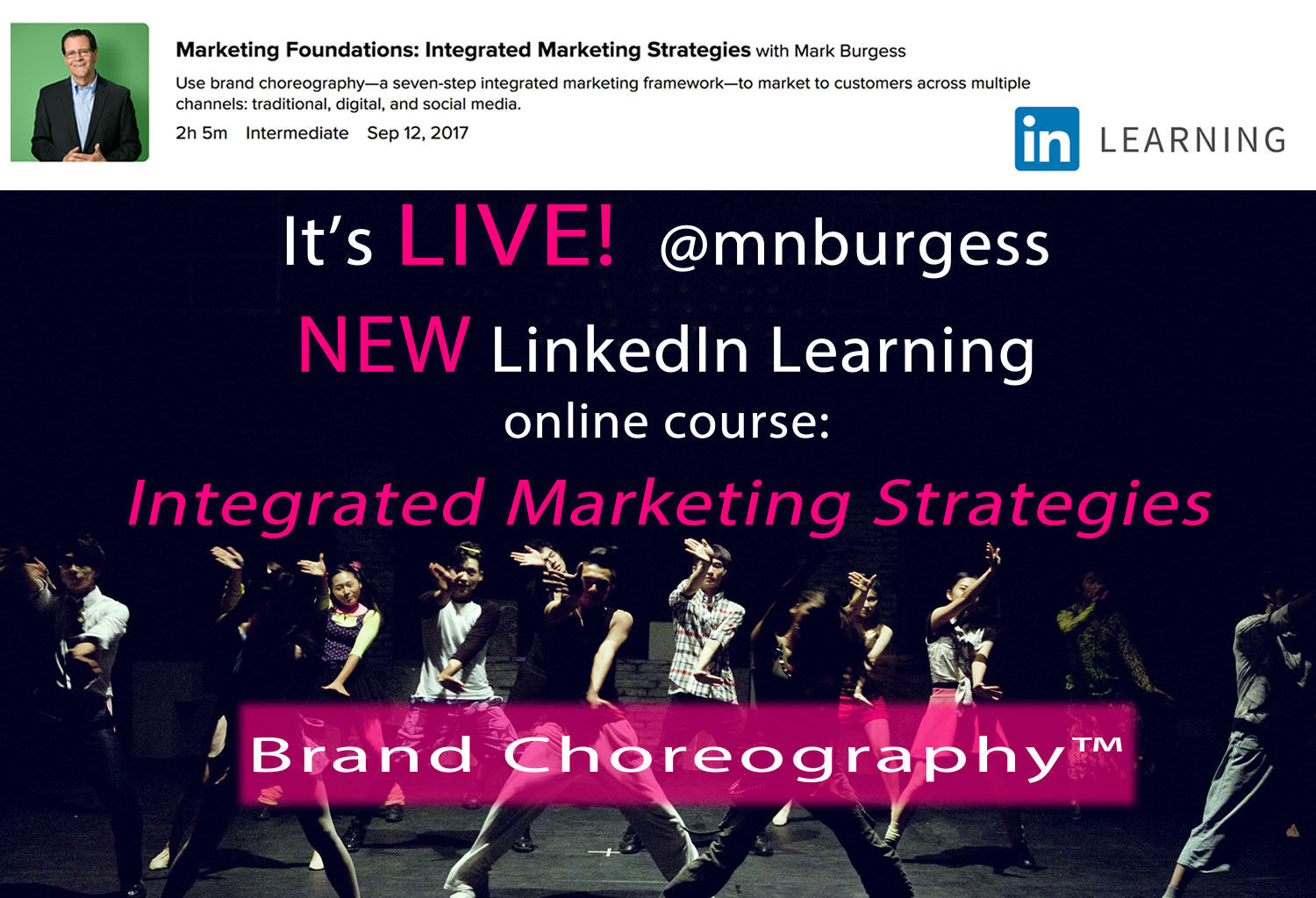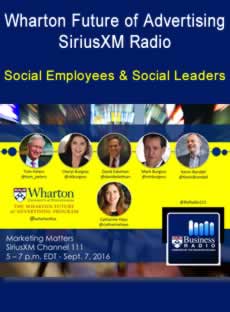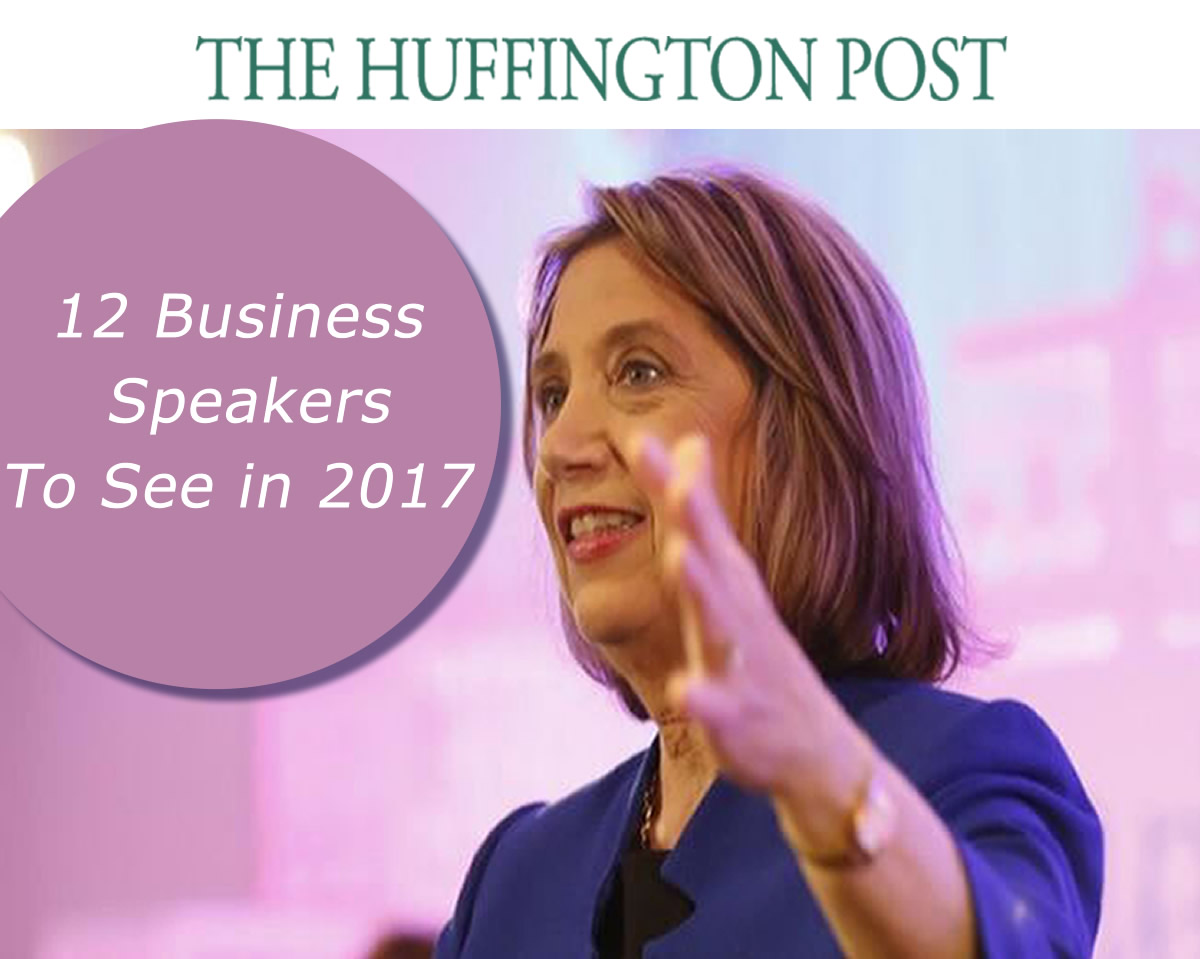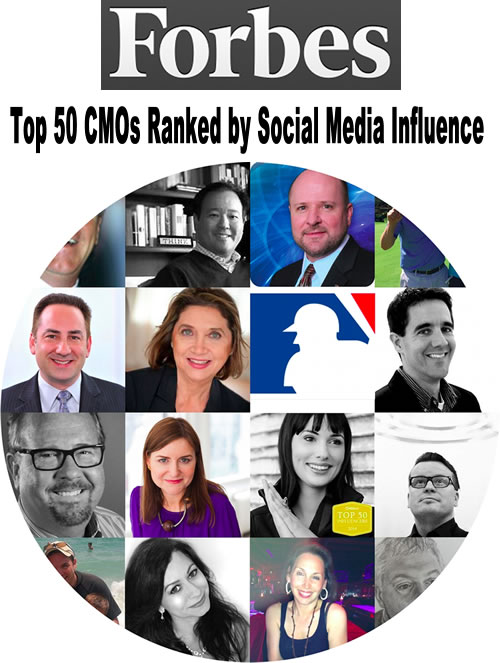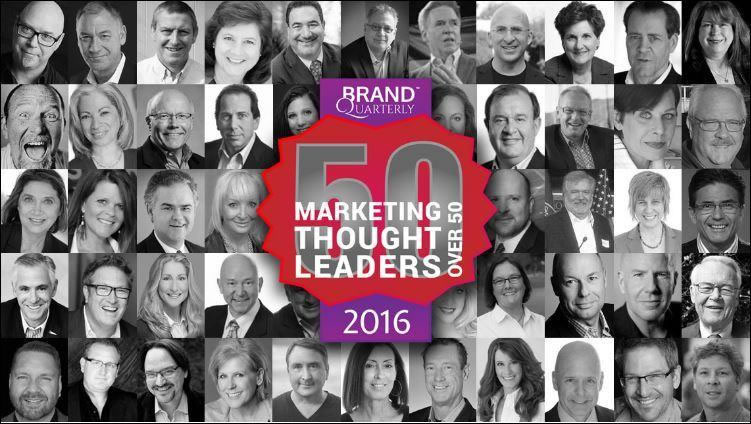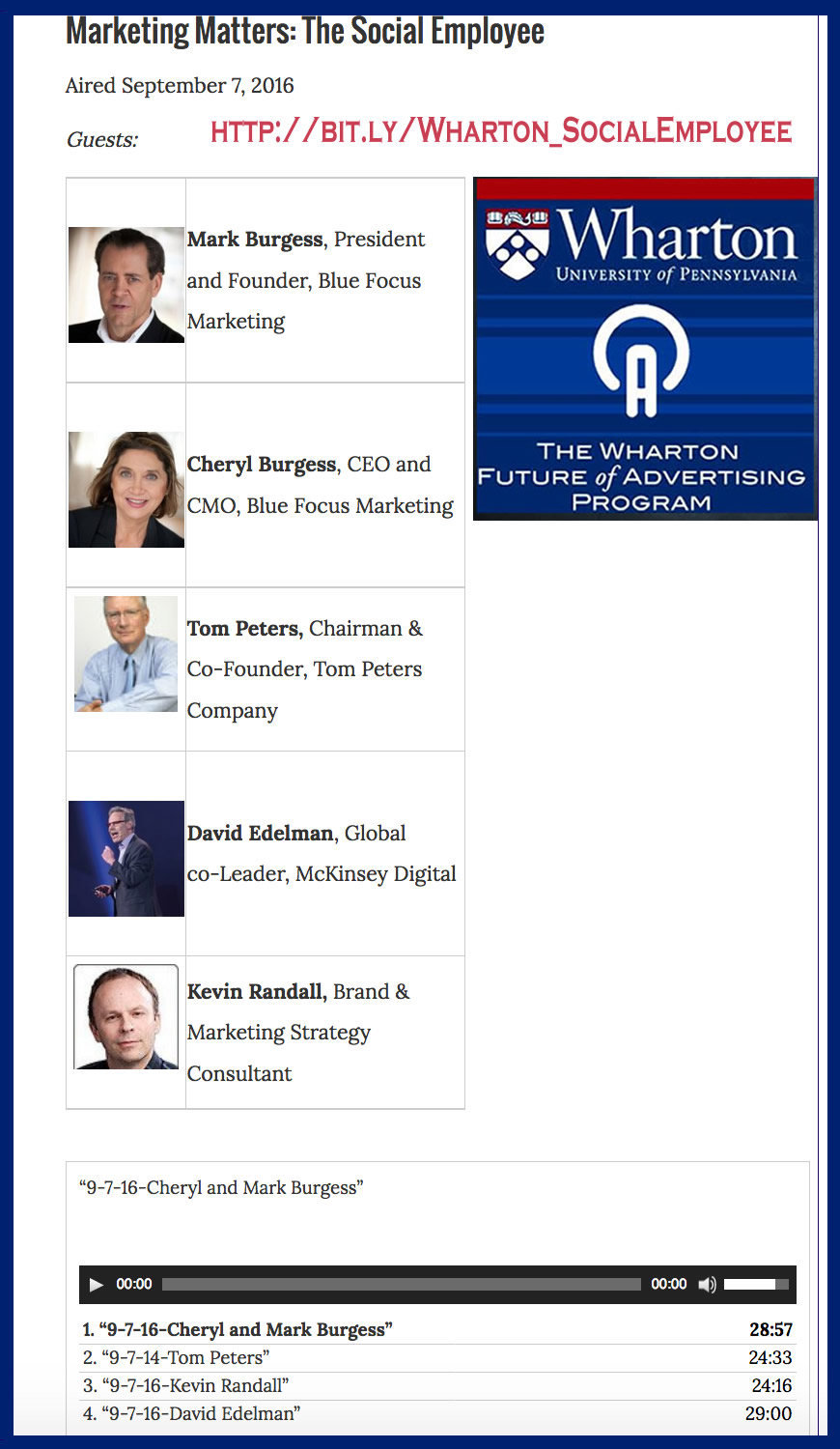There is an old saying that a rising tide lifts all boats. The basic premise behind this idea is that when favorable conditions are created, whether in an economic or cultural context, then everyone benefits. In social business, we have argued that it is the social executive’s job to create these favorable conditions, to be the rising tide. In fact, we even dedicated a whole chapter to the subject in our Amazon best-selling book, The Social Employee (McGraw-Hill, 2013).
How does a social executive accomplish this? By becoming a champion of their brand’s mission, vision, and values. Check out the video below for more details.
With these underlying concepts established, it’s important to take a look at which business leaders are driving real social change within their organizations, raising the tides so that all employees and stakeholders benefit, as well as to look at what other executives still unsure of how to “go social” can do to learn the ropes and maximize their impact.
Tony Hsieh’s Zappos Revolution
The story of CEO Tony Hsieh (@tonyhsieh) and the work that he has done to radically transform culture at Zappos (@Zappos) over nearly a decade and a half has been well documented, in part by Hsieh himself in his book Delivering Happiness. Still, as this in-depth Wired feature on Hsieh shows, the story is one worth revisiting—especially because of the way Hseih continues to push innovation by investing in people. The amount of importance Hsieh puts on individuals, chance interactions, and group culture is staggering. But even more staggering, perhaps, is how many people believe absolutely in his mission and appear willing to follow him wherever his next idea takes him. While it’s almost certainly true that not everyone would be cut out for Hsieh’s brand of leadership, that’s also part of the point; this social executive doesn’t mask what he stands for or what he expects, inviting others to participate, but only if they believe in and share his vision.
America’s 20 Most Beloved CEOs – @Glassdoor
It’s well established in today’s world that the biggest CEOs can become celebrities in their own right. The brightest stars even get their own movies (see: Jobs, or The Social Network). But what do the people who actually work for these companies think of their top executives? That’s what Glassdoor (@Glassdoor) wanted to discover in its Highest Rated CEOs 2014 report. Business Insider took a further look at this report to discover the most common traits among the top-rated executives. The report quotes Glassdoor community expert Scott Dobroski, who said, “We see that employees say these CEOs communicate clearly on where the company is headed, how it’s going to get there, and how each employee plays a vital role on this path, along with being accessible, personable, and transparent to employees.” These all sound like the traits of social executives to us!
The Learning Curve is Tricky (But Worth It)
The first two examples largely illustrate leadership and culture-building characteristics, because ultimately elements such as these are what being a social executive is all about. Being “social” is not just about using social media, which are merely amplification tools for sharing the fundamental values one wishes to instill in their company culture. With an eye to technology, however, there is an increased expectation for executives to engage through online channels, and it’s time for them to start facing their fears. But what considerations are most important? Hootsuite (@Hootsuite) recently released a very entertaining Dr. Seuss-inspired infographic on mastering the basics of Twitter that is not only fun to read but very informative. For further tips, Social-Hire.com (@Social-Hire), recently posted a seven-point guide to help executives avoid common social media mistakes that does a great job of contextualizing how social media can be viewed.
Have you seen any good examples of social executives in the news (or in your newsfeeds) recently? Do you have any tips on building a social C-suite? Share your thoughts in the comments below!
Below are recent endorsements for The Social Employee (McGraw-Hill, August 2013) by Tom Peters and David Aaker on their social networks, but if you want to see more of their endorsements click here.

In The Social Employee, we go behind the scenes with several leading brands—such as IBM, AT&T, Dell, Adobe, Southwest Airlines, Cisco, Acxiom, and Domo—pulling the lid off the inspiring social business success stories that have propelled these companies into the 21st century. These cutting-edge brands have all come to the same realization: the path to social business lies through empowering the social employee.
See what others are saying about The Social Employee and order your copy today!
Please check out @SocialEmployee media buzz! 
“Great brands have always started on the inside, but why are companies taking so long to leverage the great opportunities offered by internal social media? . . . The Social Employee lifts the lid on this potential and provides guidance for businesses everywhere.” —JEZ FRAMPTON, Global Chairman and CEO, Interbrand
 The Social Employee offers an unparalleled behind-the-scenes look at the social business success stories of some of the biggest brand names in the business world, including IBM, AT&T, Dell, Adobe, Southwest Airlines, Cisco, Acxiom, and Domo. These cutting-edge brands have all come to the same realization: the path to social business lies through empowering the social employee.
The Social Employee offers an unparalleled behind-the-scenes look at the social business success stories of some of the biggest brand names in the business world, including IBM, AT&T, Dell, Adobe, Southwest Airlines, Cisco, Acxiom, and Domo. These cutting-edge brands have all come to the same realization: the path to social business lies through empowering the social employee.
The brands that leverage their employee base in order to engage customers and prospects through social media are the ones destined to win the marketing wars. This book not only details the astronomical rise of the social employee, but also outlines the innovative methods that leading companies have employed to foster cultures of enthusiastic and engaged workers.
FOR EWORD by David C. Edelman, Global Co-Leader, Digital Marketing & Sales Practice, McKinsey & Company
EWORD by David C. Edelman, Global Co-Leader, Digital Marketing & Sales Practice, McKinsey & Company
AFTERWORD by Kevin Randall, Vice President of Brand Strategy & Research at
Movéo Integrated Branding, and journalist for The Economist and Fast Company
Download ~> Free Chapter 3 – “Brands Under Pressure”
